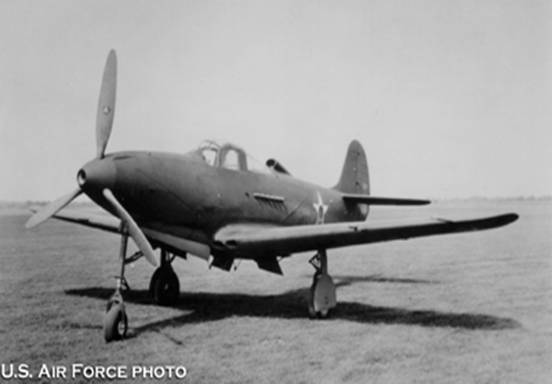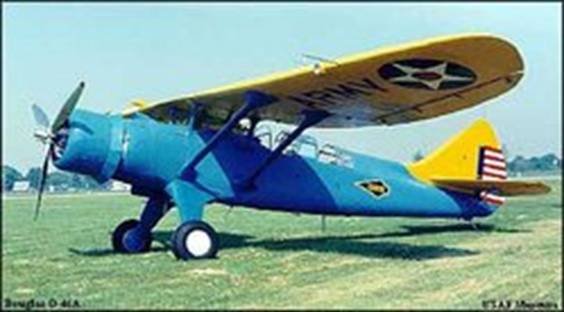Pilot: Myndret S. Starin | Nickname: My | Rank: Lt. | Squadron: 458th | Plane: 580 | Name: Florence, Shirley I, Shirley II and Shirley III | S/N: 472890
|
Slideshow photo's by My Starin
As Told To Mark Starin RMC USNR (Ret.)
This will be a retelling by a son of some of his father’s experiences as a World War 2 fighter pilot. I don’t claim that I will remember them perfectly but I’ll do the best I can. Most of the stories were told to me when I was around 12 years old and dreaming of being a pilot myself. That never came to pass – I was drawn in by the lure of electronics at about the same time and my dreams of flying faded away.
One of the first questions I asked my father was: “How come it took so long for you to get in combat?” He never really answered the question because maybe it was unanswerable at his level during the war. (He wasn’t on a first name basis with Hap Arnold after all.) The answer probably was since it took several years to train a pilot and if you received your wings in 1943 as my father did, it would probably be 1944 before you were proficient in the aircraft you would take into combat. In fact, it was 1944 when he started flying P-51’s in Florida in preparation for the 506th’s participation in the Pacific Theater. But that was after a year of concentrated flying in P-39’s, P-40’s, O-46’s, O-47’s, and even the UC-78. When I was older I began to understand that just to successfully fly WW2 airplanes and not crash and possibly kill yourself or others (even in the States) took people with exceptional talent.
“So what was your favorite airplane?” Without hesitation, my father answered, “The P-51, followed by the AT-6.” The plane he liked the least? The Bell P-39. He said it was a very tricky plane to fly. He didn’t like the fact that the 37 mm cannon breech was located between his legs and he especially didn’t like the fact that it could go into a flat spin from which you could not: a. recover; or, b. bail out of because of the automobile-style doors which were tougher to open with a slipstream than a sliding canopy. One of his grimmer P-39 stories (probably because whenever he told it he remembered so many friends who were lost flying that airplane) concerned the Bell test pilot who was asked by the Army Air Force to come to Tennessee where my father was stationed in 1943 to show how a “good” pilot could show wartime pilots how to recover from a flat spin in a P-39. The test pilot took the plane up to 10,000 feet or so and proceeded to put the plane into a flat spin and never recovered. He was killed in front of the Army brass, my father, and his fellow pilots. His favorite flying motto was: There are old pilots and there are bold pilots; but there are no old, bold pilots.

Bell P-39D Airacobra
Having watched many a WW2 flying movie, I of course asked, “Did you ever meet anyone famous like Jimmy Stewart?” I was surprised when he said, “No, but I once flew with Tyrone Power!” So how did a young USAAF First Lieutenant get to meet Tyrone Power the movie star? It turns out that one of the tasks my father found himself assigned while he was with the 506th was shutting replacement pilots back to Iwo from Saipan, usually in Marine Corps Curtis C-46/R5C’s. One day he checked in at the terminal with the replacements to see when the next C-46/R5C was flying out. Told that it wouldn’t be long, he sat down to wait for the boarding call. Just then a Marine Corps sergeant came up to him and asked, “Are you qualified in twin engine aircraft?” My father answered, “Yes,” and the sergeant said they were short a co-pilot: would he be willing to fill in? The sergeant pointed to a C-46/R5C that was headed for Iwo. My father got aboard, sat down in the co-pilot’s seat, and started to familiarize himself with the checklist. Suddenly the pilot appeared, griping about the lousy Curtis electric props on the C-46/R5C along with a host of other problems peculiar to that airplane. My father sort of recognized the pilot but wasn’t completely sure that he knew the guy. My father, having some knowledge of the idiosyncrasies of Curtis aircraft, spoke of his experience with Curtis P-40’s and immediately a bond was formed. The pilot then introduced himself as Tyrone Power. My father almost fell out of his seat. They took off and managed to get the C-46/R5C to Iwo without incident. He never saw him again except on late night TV after the war.

Curtis C-46/R5C Commando
“What were your scariest times flying?” One peacetime incident and several wartime incidents provided the answer. Sometime during 1943, my father was flying an old Douglas O-46 down the Hudson River valley solo on a cross country flight. Back then, there was no NOAA weather radio or even much in the way of accurate aviation weather broadcasts. You trusted your eyes and senses and stayed away from thunderclouds. Unfortunately on this particular trip my father was unable to avoid a massive cold front which brought severe thunderstorms to the area. He said you will never know how close you are to crashing an airplane until you are caught in a thunderstorm. The downdrafts and updrafts were unbelievably strong (remember the O-46 was designed in the 1930’s) and he thought for awhile the wings would be ripped off the fuselage. Luckily, he managed to land the plane safely but he made sure he never flew near another thunderstorm again.
He loved flying the P-51, even in combat – except during ground attack missions. My father pointed out many times how vulnerable the Mustang’s Rolls-Royce Merlin engine was to ground fire. He mentioned that although ground attack missions in the P-51 were typically flown at very low level so the enemy would have as little time as possible to get a good aim on the Mustangs, nonetheless even a small caliber rifle bullet in the right place could allow the coolant to drain out and overheat the engine. And he said no pilot of the 506th wanted to end up as a POW in Japan and especially on either HaHa Jima or ChiChi Jima. Nonetheless, he flew more than a few ground attack missions as ordered, including a well known one to ChiChi Jima.
The P-51’s that day were each loaded up with two 500 pound bombs, one under each wing. The flight to ChiChi Jima would be a short one since that island was part of the Bonin Island group which included Iwo Jima. Dad said it was supposed to be a routine mission: bomb the island radio station so the Japanese home islands couldn’t be warned of pending American missions. The Mustangs approached the island at very low level, just above the wave tops. Flying at this altitude resulted in severe buffeting; Dad described how he was tossed around the cockpit and tried to hang on and fly the airplane simultaneously. Unfortunately as he made his first attack, he accidentally toggled a bomb into the water. While this was bad enough, worse was that he could not leave his wingman: he had to continue the attack as if he meant to drop a bomb on the target. All this occurred while numerous AA batteries opened up on the attacking Mustangs. He said he was lucky to be able to drop his second bomb without an incident and make it back safely.
Douglas O-46

|
